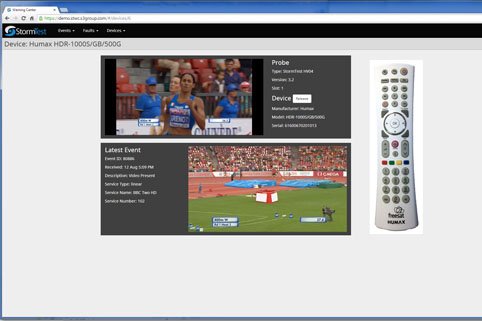
European and US pay-TV operators are spending an estimated US $2.8 billion of their almost $10 billion annual network and maintenance expenses to directly address multiscreen service delivery failures, according to research by nScreenMedia.
S3 Group, a company which enhances the performance and service readiness of video platforms across connected devices, commissioned the new report, ‘The Perils of Multiscreen Pay TV: and the $10 billion cost of making it all work.’
Specifically, according to the nScreenMedia report, US operators are spending an estimated $5.3 billion a year to handle calls, manage outages, and provide in-home maintenance services. Similarly, European operators are spending an estimated €3.7 billion. Almost one third of these annual expenses are being spent to address multiscreen service delivery failures directly. This report notes that the velocity of feature updates, unmanaged devices, and spikes in system loads are creating multiple fail points, with the potential to swamp support. It also indicates that many of these issues could be prevented through more rigorous and continuous testing throughout the service delivery lifecycle.
“The move to TV Everywhere and multiscreen delivery is forcing operators to tackle challenges with both managed and unmanaged devices, inside and outside of the connected home,” said Colin Dixon, chief analyst and founder, nScreenMedia. “As operators launch standalone over-the-top (OTT) TV and TV Everywhere services, early detection of performance and experience issues is critical. Nipping a problem in the bud, before most customers even know there is an issue, reduces support calls and minimises the risk to an operator’s reputation.”
Dixon continued: “Testing with as wide a range of devices, and in as many network environments, as possible before release is essential. Adopting a continuous testing approach that closely mimics real-world usage should ensure early detection of even the worst problems. S3 Group is among those companies at the forefront of assisting operators with these efforts.”
In separate but related research, S3 Group also investigated video service delivery issues from the consumer perspective. In June, a survey was conducted of 452 US consumers who pay for streaming video services from pay-TV and OTT providers. The results highlight the difficulty of delivering a quality and reliable streaming video service. When asked if they had experienced service delivery problems in the past 30 days:
-20 per cent of subscribers said that a programme they selected to watch failed to play
-Subscribers also showed little tolerance for faults before changing the ‘channel’. More than one in three (34 per cent) said they switched to another TV or video service when their service failed to start
-33 per cent experienced picture quality problems such as pixelation, low resolution, or buffering on their streaming service
“As delivery of TV services moves from a tightly controlled physical network to one that is based on customer owned CPE and virtualised environments, it becomes more challenging to manage their resilience and stability,” said John Maguire, chief strategy officer, TV Technology, S3 Group. “There is a need to modernise service delivery across the entire delivery chain. This report and our consumer research make it clear that operators need to act now to contain the costs of multiscreen service failures.”





